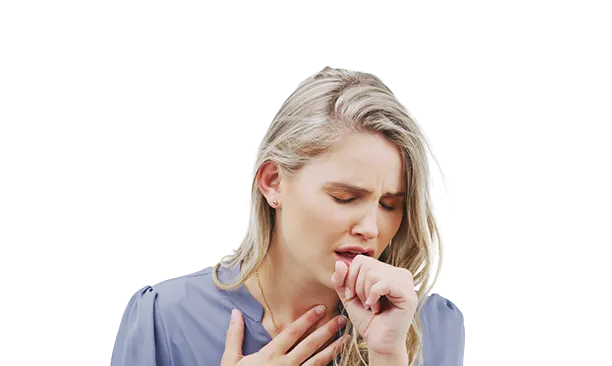
It can be quite a nightmare for any mother to stay up all night hearing her child cough and wheeze. Babies and toddlers are susceptible to many viruses, and respiratory tract infections are pretty common in this age. One of the most common infections in children is bronchiolitis.
Bronchiolitis is a lower respiratory tract infection, which affects babies and young children under a year old. Its early symptoms are the same as the common cold and include a runny nose and cough. The cause of Bronchiolitisis a virus known as a respiratory syncytial virus (RSV), which spreads through tiny droplets of liquid that come from the coughs or sneezes of someone infected. It causes the smallest airways in the lungs (the bronchioles) to become infected and inflamed (swollen).
The inflammation decreases the amount of air entering the lungs, making it difficult to breathe. Although no medication can kill the viruses that cause bronchiolitis, the infection typically clears up within two weeks without any need for treatment. Around 50 percent of children may have a recurrent wheeze in the future with upper respiratory tract infections, with many children continuing to have a cough and wheeze for several weeks, for which no treatment is helpful.
Bronchiolitis occurs during winter, from November to March. Children can get bronchiolitis more than once during the same season, but most children recover from it within a few days. Parents should lookout for signs of more severe symptoms, such as breathing difficulties. The first symptom is this condition is a blocked or runny nose and a slight cough. However, the symptoms can usually worsen during the early three days and gradually improve.
• a rasping and persistent dry cough
• rapid or noisy breathing
• brief pauses in their breathing
• feeding less and having fewer wet nappies
• vomiting after feeding
• being irritable
• Offer small amounts of feed more frequently.
• If breastfeeding, pause it for short periods.
• You may find it helpful to sit your baby upright after a feed that will help their breathing.
• Keep a smoke-free environment.
• Check on them regularly, especially during the night, and if their condition worsens, contact your pediatrician.
Always check whether there are any changes to your child's symptoms. Contact the pediatrician when your child develops any of the following symptoms:
• increased difficulty in breathing or wheezing during breathing
• poor feeding that is your child is taking less than half the quality than usual during the last two or three feeds
• there is no wet nappy around 12 hours or more
• a rapid breathing rate of over 40 breaths in a minute
• high temperatures (fever) - 38C (100.4F) or above
• being very tired or irritable.
Approximately 3 percent of babies with bronchiolitis need to be admitted to the hospital (NHS UK Statistics). Your child may be disclosed to the hospital when they are not getting enough oxygen into their blood because they have difficulty breathing. And when they are not eating or drinking enough.
It is tough to avoid bronchiolitis, but you can take steps to reduce the risk of catching the virus and check its spread. This includes:
• wash the child's hands and your hands more frequently
• clean, wash or wipe the toys and surfaces, regularly
• keep the infected child at home until the symptoms have improved
• keep newborn babies away from people with colds or flu
• prevent the child from being exposed to cigarette smoke
Patient Experience